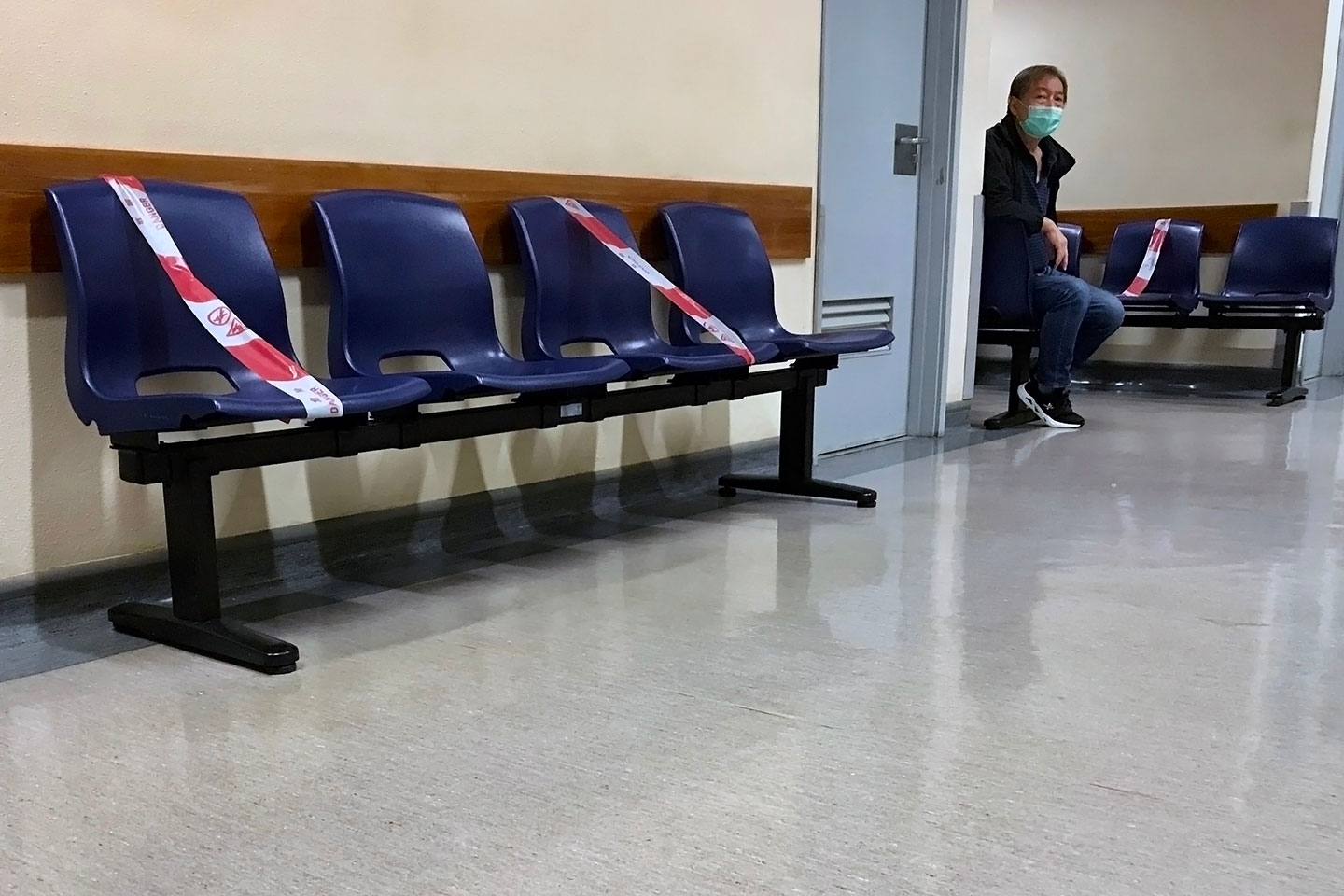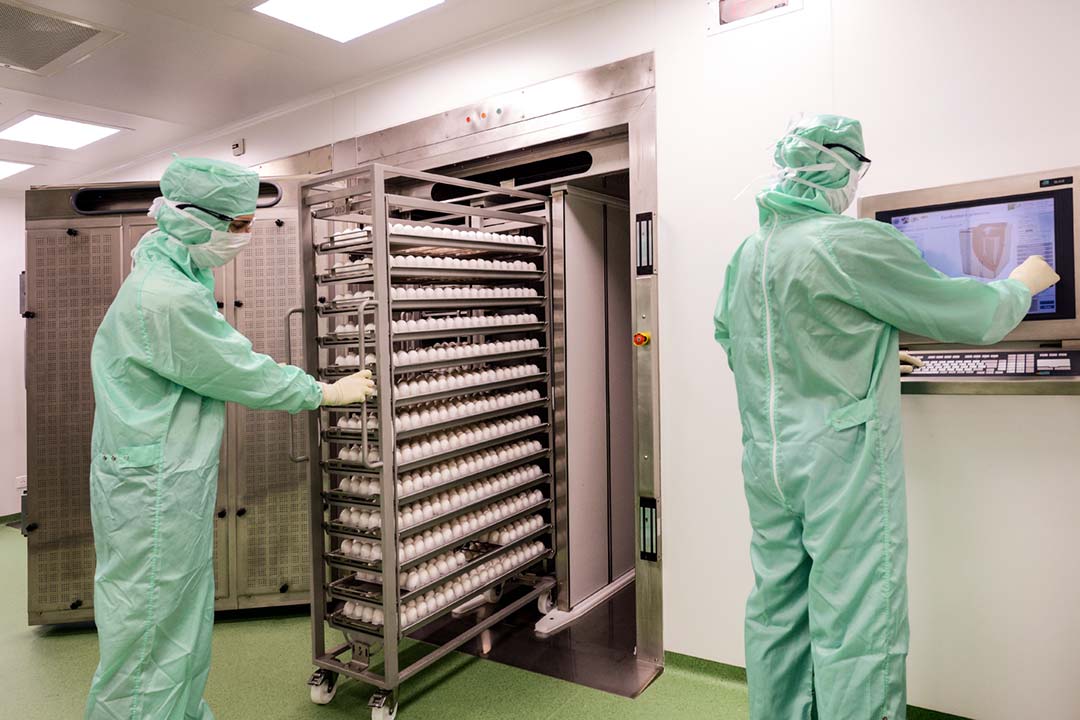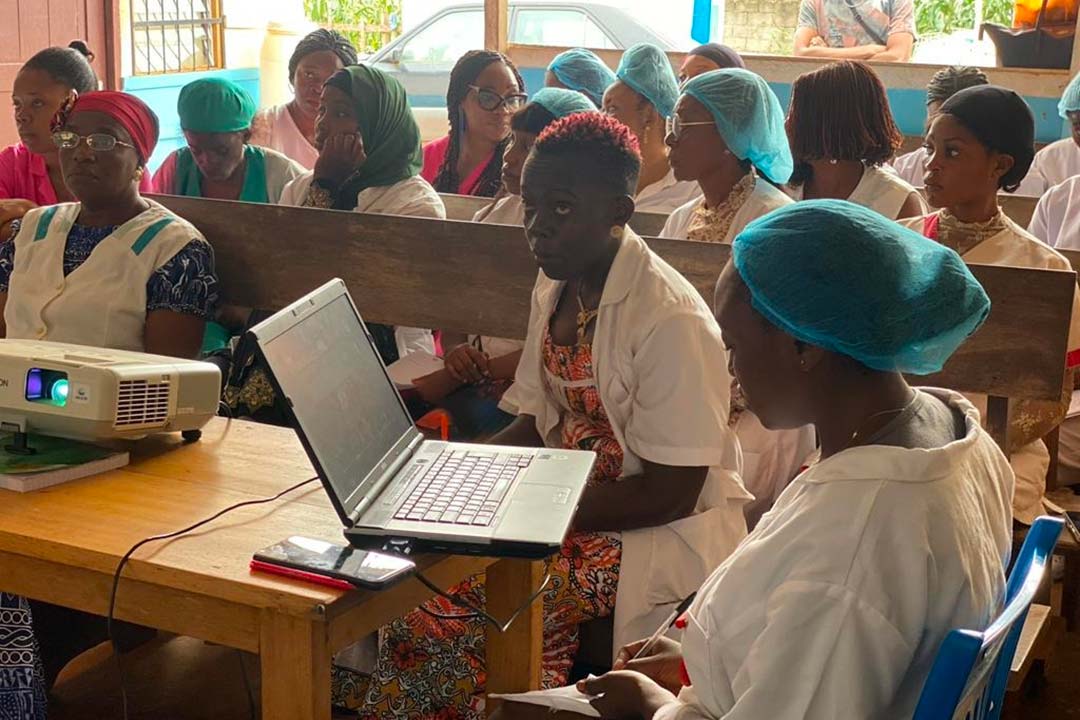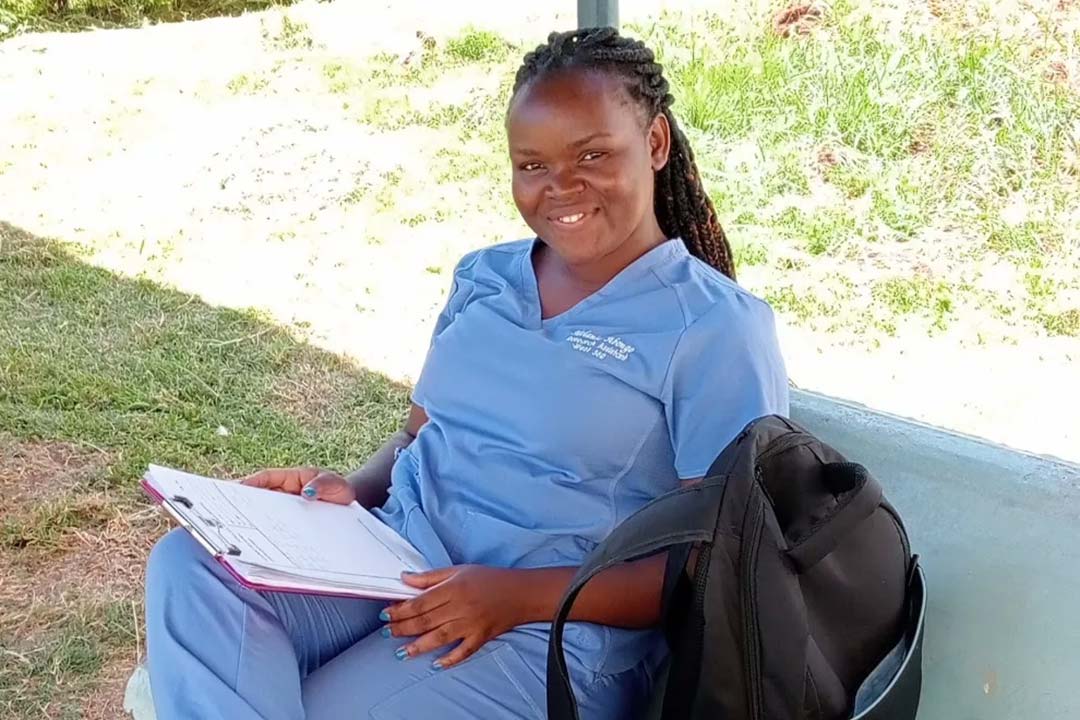When is COVID-19 most contagious and why is self-isolation so important?
Although there are guidelines on how long people should self-isolate when infected, the data on how long people remain contagious is not yet fully understood.
- 6 April 2020
- 3 min read
- by Priya Joi

When COVID-19 was first identified it appeared to have milder symptoms and fewer severe cases than previously seen for other coronaviruses such as SARS and MERS. Yet as it spread the number of severe cases rose quicker than with earlier coronavirus epidemics. So how was the virus doing this?
The answer appears to be that a far larger number of people were becoming infected because of the relative ease with which the virus could spread. We now know that it can be contagious when people aren’t showing symptoms and are therefore less likely to be isolating themselves from others. Essentially, people could be passing it on without knowing they had it.
How long does the virus last in the body?
Last week, scientists in Germany reported that people infected with COVID-19 seem to be most contagious in the first week of showing symptoms. During this time they found very high levels of viral shedding – where the virus leaves a cell to either infect other cells in the body, or those in other people – especially in the throat and lungs. The researchers also found that after 10 or 11 days of first showing symptoms people continued to have the virus in their sputum, but in low enough levels that they could be discharged from medical care.
As the amount of virus in the body steadily reduces over the course of infection, the question remains how long infected people stay contagious. It's a critical aspect still being studied, since the presence of the virus doesn’t necessarily mean they are able to infect other people.
But this is why isolating people who are sick or who have tested positive for the disease is so important – to stop anyone else from coming into contact with them while they are still shedding the virus. Self-isolation is also important for anyone who has been in contact with someone infected with COVID-19, or suspected to be. It is also why, when there are shortages of hospital beds, it is so important that discharged patients be instructed to continue isolating themselves for a period.
A study conducted in two hospitals in Wuhan, China, in March this year showed that the virus was on average still being shed by cells in the human body 20 days after infection, and in some patients even after 37 days.
So when do I stop self-isolating after a potential infection?
Guidelines on how to avoid spreading the virus when you test positive differ between countries. For example, the US Centers for Disease Control and Prevention says someone infected with the new coronavirus can end self-isolation when they no longer have a fever (without the use of medicine that reduces fevers), and other symptoms such as cough or shortness of breath have improved, and they have had two negative tests in a row, 24 hours apart. However, these guidelines could be challenging to follow, given the shortage of hospital beds and testing kits in most countries, and if someone hasn’t been tested, the CDC advises self-isolating for seven days.
While the guidance on self-isolation could always change over the course of the pandemic, for now, many countries are advising self-isolation for seven days after symptoms start.








